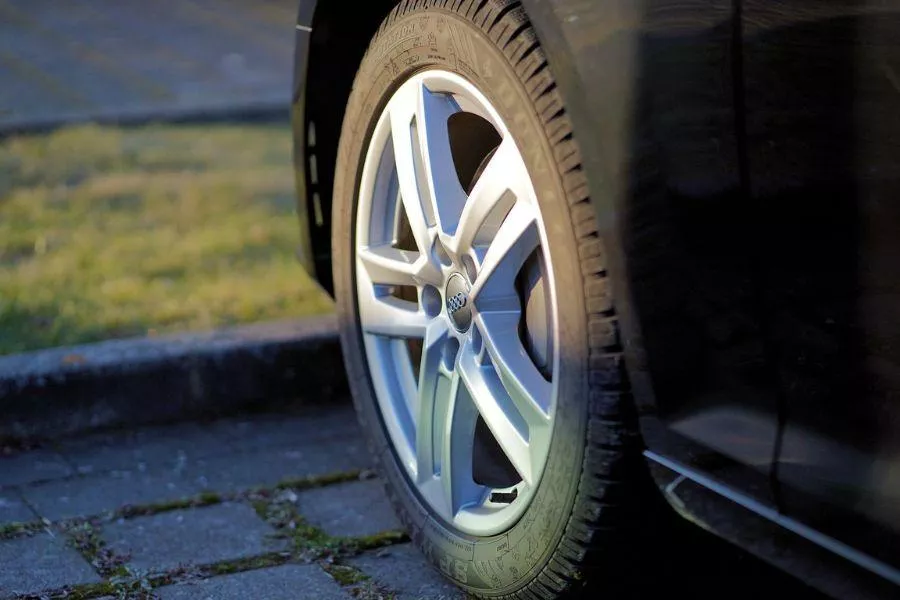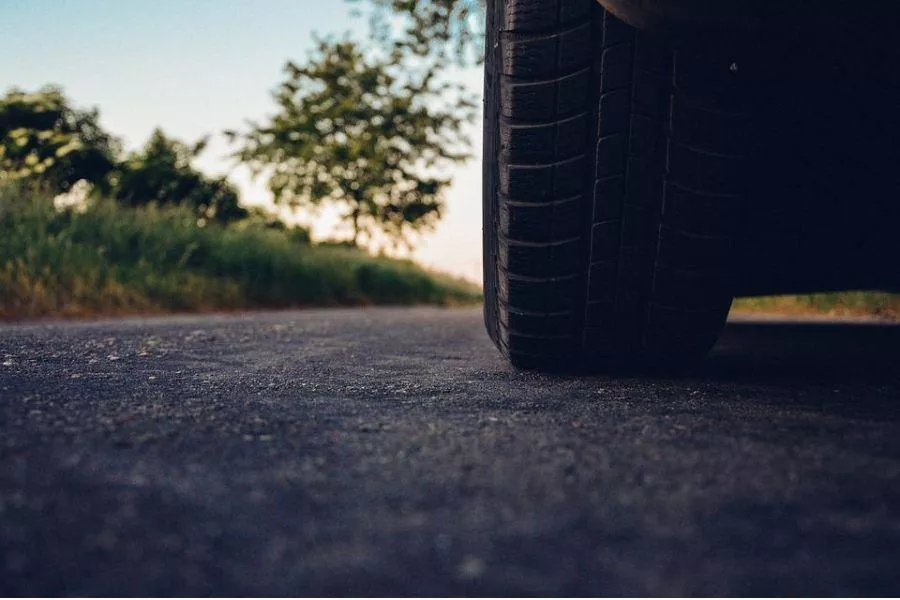In the context of increasing fuel prices, it’s easy to recall that time-honored adage of desperate times spawning equally extreme methods. We’re far from the point where we would bash someone else’s head in just for a tank of gas (at least for now), but motorists might be considering some outlandish ideas just to save a few liters.

Increasing tire pressure is a common technique in reducing fuel consumption
One of those is inflating the tires to maximum pressure. Knowing that reducing a tire’s rolling resistance also brings down fuel consumption, you might be tempted to take this idea and go the whole nine yards. Anything to ease the strain on the budget, right? Unfortunately, you might end up spending way more than you save.
First, a tire filled to capacity has noticeable effects on ride quality. These range from mere discomfort to more serious injuries, especially those concerning your back and spine. Spending long hours in the driver’s seat in this condition doesn’t help matters.

You can get back problems from your car having a harsh ride
Second, overinflating your tires reduces their contact patch. Also known as the tire’s footprint, this is the portion of the rubber that touches the road at any given time. A sufficient contact patch makes your car stable enough for maneuvers such as cornering and braking. This is important for traction, so if the amount of tire that comes into contact with the road is smaller than it should be, then the car’s handling is compromised.
Third, you risk damaging your vehicle’s wheels. The air inside the tires serves as a cushion that absorbs impacts when you encounter uneven road surfaces. However, if a tire is overinflated, the cushioning effect is gone. You’ll be left with a wall of air that’s so rigid, it can actually bend your alloy wheels when you drive over a pothole.

A tire's contact patch should be sufficient to maintain control
Fourth, filling your tires to capacity could result in a blowout. In normal driving, the air inside the tires expands due to heat, needing extra room to occupy until temperatures settle back down. Overinflated tires take away that margin of safety, and the sidewall becomes extremely rigid as a result. One crack or tear is all it takes for the expanding air to breach the rubber, leading to a burst tire that can lead to a crash.
Remember, your tires should be inflated according to the recommended tire pressure indicated on the user manual or your car's driver side door sill. It's not supposed to reach the maximum pressure indicated on the tire's sidewall.
Find more tips for beginner car owners at Philkotse.com.
Recent posts
- new cars overinflated tires Dec 13, 2021
- Car Tire Pressure Facts for a Safe Driving Experience Aug 04, 2020
- What causes a car tire to blowout on the highway & How to safely handle Oct 24, 2017












